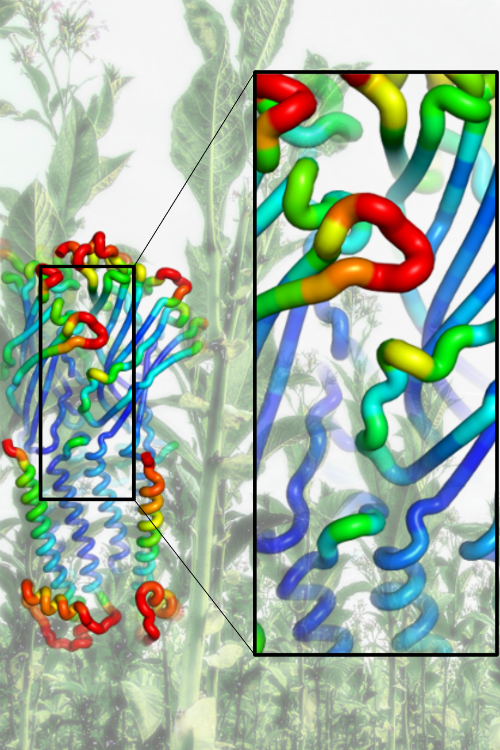Smoking tobacco delivers nicotine to the neuroreceptors responsible for addiction, affecting the nervous system and causing addiction.
A new study, led by scientists from the University of Bristol, into the molecular interactions involved has revealed how these neuroreceptors respond to nicotine.
The researchers used new computational simulation methods to discover how receptors in the brain respond to nicotine.
One of the key features of the study is the speed at which the discovery was made, thanks to the use of Oracle Cloud Infrastructure, which allowed the researchers to run a large number of simulations in unprecedentedly short time.
The work brought together computational chemists, biochemists and research software engineers, working together to deploy large numbers of simulations of nicotine receptors in the cloud.
Reducing the time to results to just five days using Oracle’s high-performance cloud infrastructure is transformational from a research perspective. Calculations that might otherwise have taken months to complete were completed in a matter of days.
The study, carried out by researchers from Bristol in partnership with Oracle, whose cloud technologies were a key part of the investigation, is reported in the Journal of the American Chemical Society, the flagship publication of the American Chemical Society, the world’s largest scientific society and a global leader in providing access to chemistry-related research. The project was supported by funding from EPSRC.
Co-author of the study, Professor Adrian Mulholland, from Bristol’s Centre for Computational Chemistry, part of Bristol’s School of Chemistry, said: “Nicotine is highly addictive: it’s very hard to give up smoking. To understand why it is so addictive, and to make molecules to help people quit, we need to understand how it affects the nervous system.
“We have used simulations to model and understand how nicotine affects receptors in the brain. Using the power of cloud computing, we were able to show how nicotine exerts its effects, at the molecular level, the first stage of signaling in the brain. This information, and the methods we have developing, will help in developing new smoking cessation aids.”
Researchers are now working with Achieve Life Sciences to design and develop molecules that mimic nicotine, and computer simulations that will help test their potential effectiveness. This work builds on previous studies using chemical synthetic approaches to develop new smoking cessation aids, which will be investigated and tested in simulation scenarios.
Smoking is the second most common cause of death worldwide, but most current anti-smoking drugs are only moderately effective in reducing symptoms of withdrawal and may cause undesirable side effects. New, specific and effective smoking cessation aids are needed.
Nicotine is the major psychoactive agent in tobacco and causes addiction by binding to specific receptors in the brain. Understanding how nicotine binds to these receptors and creates the nicotine ‘hit’ and subsequent craving is a key focus for public health research.
The study saw researchers perform 450 individual molecular dynamics simulations of the biochemistry associated with the binding of nicotine to a subtype (α7) of nicotinic acetylcholine receptors in the brain. They were able to compare with other types nicotine receptor and identify common features of receptor activation.
The study also showed how cloud computing can be combined effectively with more traditional high-performance computing.
This work shows how rigorous simulations can be used to predict effects on drug targets in a matter of days.
On this quick timescale, calculations help to plan and interpret experiments, and will help design and develop effective drugs. More broadly, the agility and other benefits of using cloud computing for research offers the potential to accelerate the pace of discovery dramatically.
